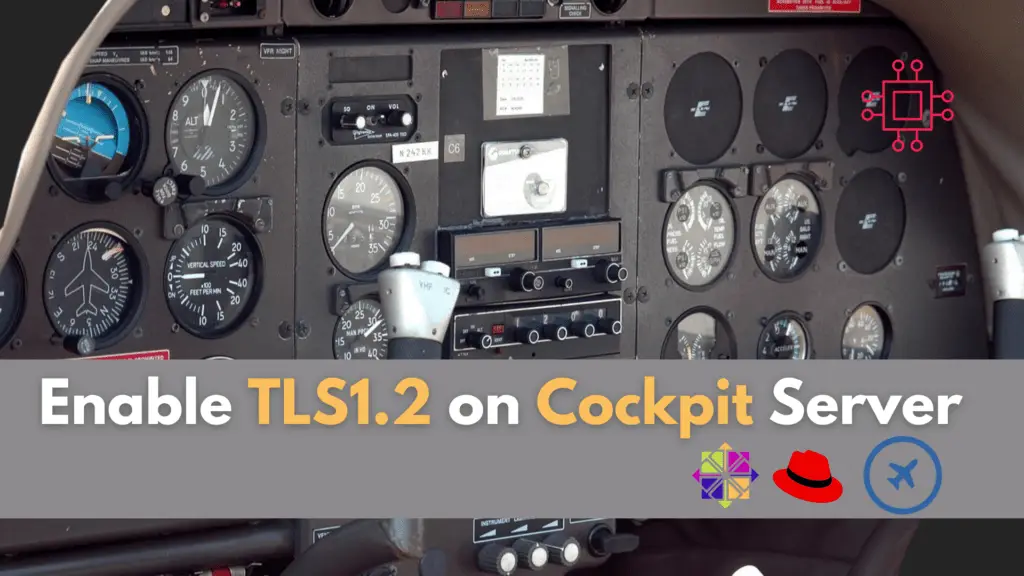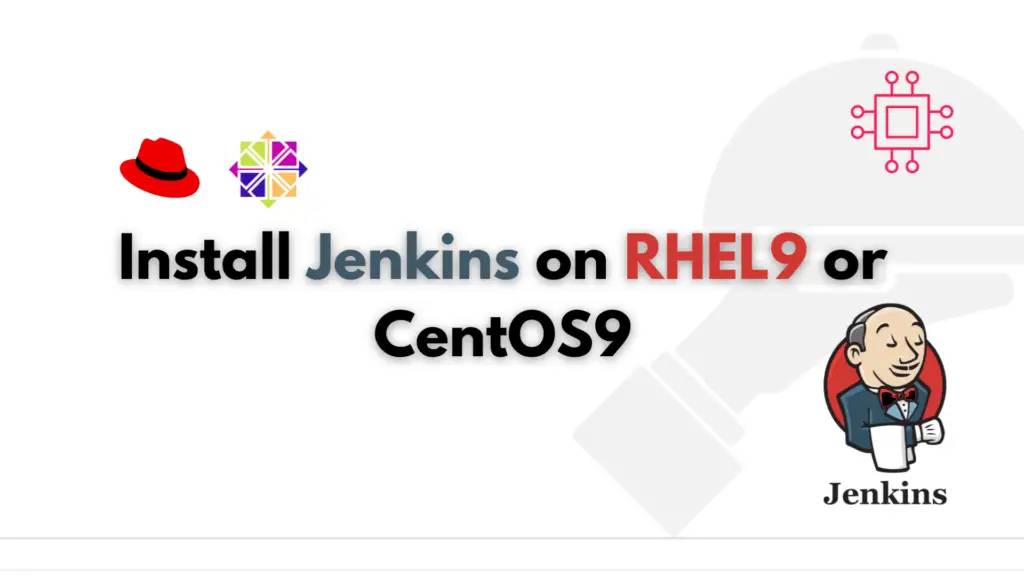Enable TLS1.2 on Cockpit Server

Your security team has just informed you that TLS Version 1.1 Protocol Deprecated (157288) was found on your cockpit server on port 9090. What do you do? In this article, we will explore how to mitigate this Tenable finding. Table of Contents Introduction In today’s world, securing our online communication and protecting sensitive information has […]
Install SSL Certificates on Cockpit

Are you looking to secure your Cockpit server and protect sensitive data? Follow these steps to Install SSL Certificates on Cockpit and protect your server infrastructure. Table of Contents Introduction Cockpit is a popular open-source web-based interface for managing Linux systems. It is designed to make Linux system administration tasks easy and user-friendly. Cockpit was […]
Creating Snapshots in KVM

In this article, we will review the process for creating snapshots in KVM. As part of this process, we will learn how to script this procedure using bash. Table of Contents Introduction KVM (Kernel-based Virtual Machine) is a virtualization solution that allows users to create and manage virtual machines on a Linux host. One of […]
Install MariaDB on CentOS7

In this step-by-step guide, we will show you how to install mariaDB on CentOS7. MariaDB is a fork of MySQL relational database management systems (RDBMS). Table of Contents Introduction MariaDB originated from the apprehensions of the initial developers that Oracle might acquire it in 2009. It was crafted with a focus on upholding compatibility with MySQL, […]
Write a play that checks for the timezone of a system and outputs the results to a file

In this article, we will review how we can automate a task that checks the timezone using Ansible, offering a detailed walkthrough of the steps involved in automating the verification and configuration of time zones across target machines. Table of Contents Introduction Welcome to our latest blog post, where we delve into the world of […]
Scientific computing examples using Python

Scientific computing using Python refers to the use of the Python programming language and its associated libraries to solve scientific problems. Scientific computing is the application of computer algorithms and numerical methods to solve scientific problems. It involves using mathematical models and simulations to analyze and interpret data in fields such as physics, engineering, biology, […]
Install Jenkins on RHEL9 or CentOS9

Are you tired of manually building, testing, and deploying your software? Learn how to install Jenkins on RHEL9 or CentOS9 and automate your software development processes to increase productivity and reduce time to market. Table of Contents Introduction Jenkins is a popular open-source automation server that helps to automate software development processes like building, testing, […]
Install Gedit on RHEL8 or CentOS8

In this article, we will review how to install Gedit on RHEL8 or CentOS8. Whether you’re a developer, writer, or simply someone who frequently works with text files on RHEL8, installing gedit can be a game-changer. Find out how this popular and customizable text editor can improve your productivity and simplify your tasks. Introduction Gedit […]
10 popular AWK command examples in Linux

Unlock the full potential of AWK with these popular commands that will streamline your text processing tasks and increase your productivity. Table of Contents Introduction AWK is a powerful text processing tool that is widely used in the Linux environment. The name AWK comes from the initials of its creators: Alfred Aho, Peter Weinberger, and […]
Ten major differences between RHEL8 and RHEL9

Discover the major differences between RHEL 8 and RHEL 9 and review the latest version’s enhancements in performance, security, and containerization support. RHEL 9 introduces significant improvements, making it an exciting and compelling choice for Linux professionals aiming to stay current with the latest features and capabilities. Table of Contents 🔈Introduction Red Hat Enterprise Linux […]
